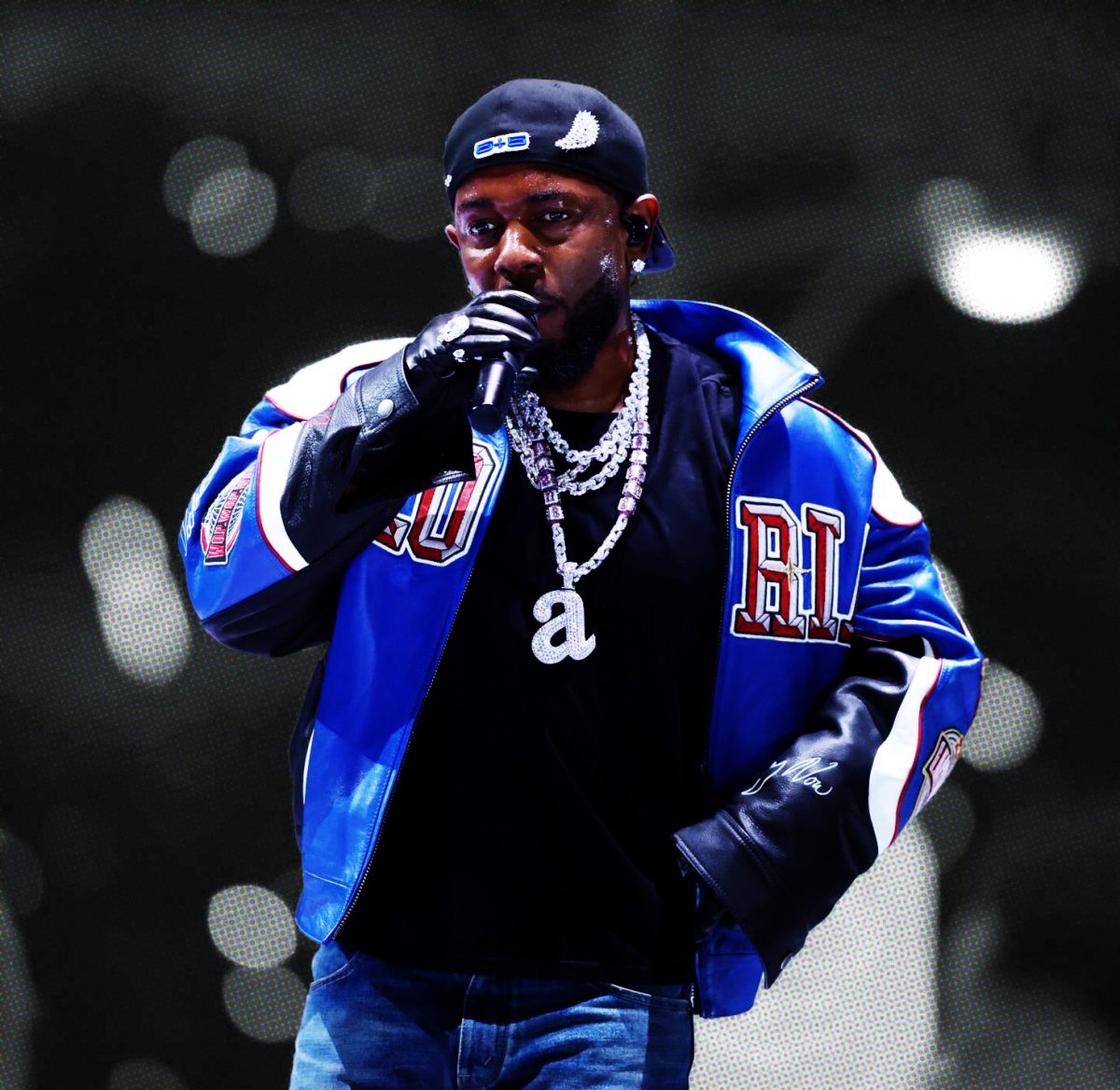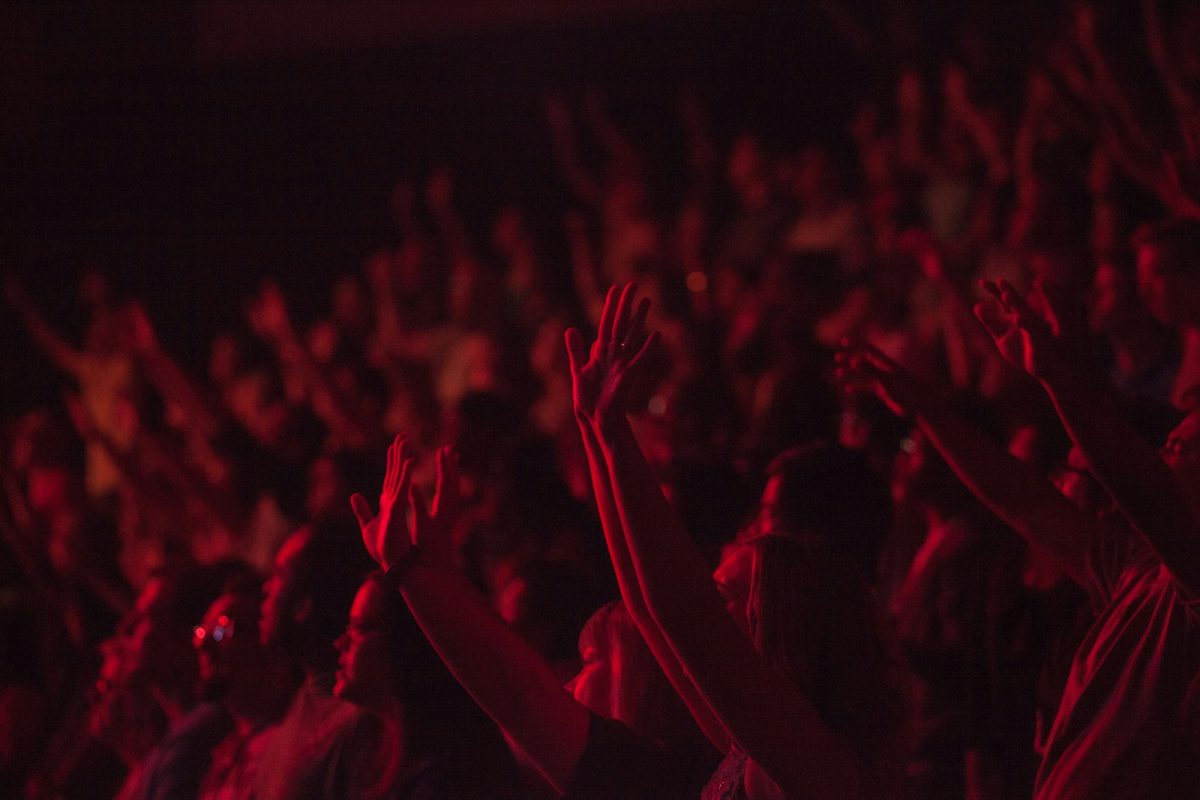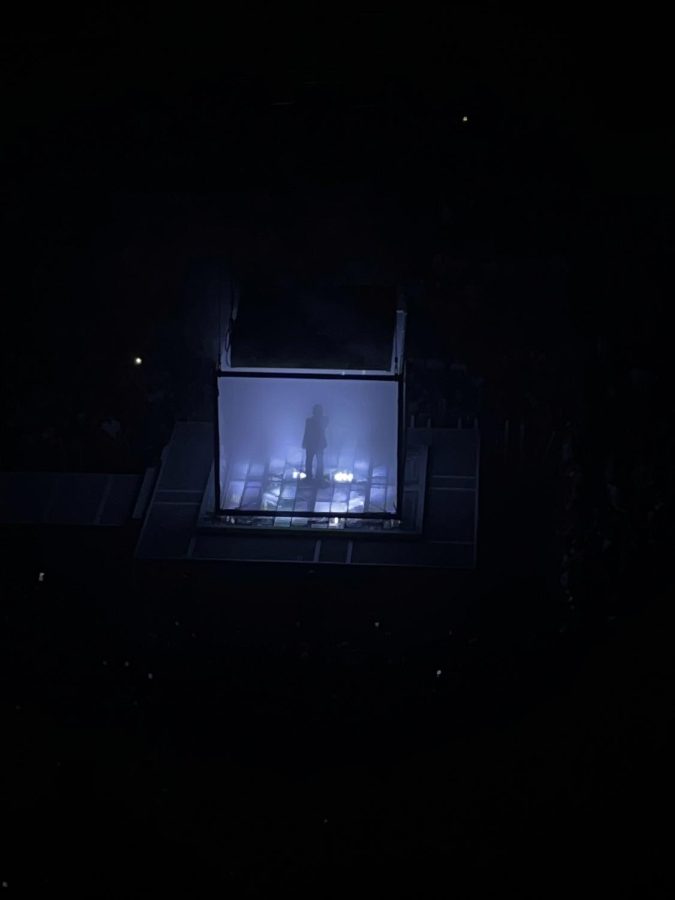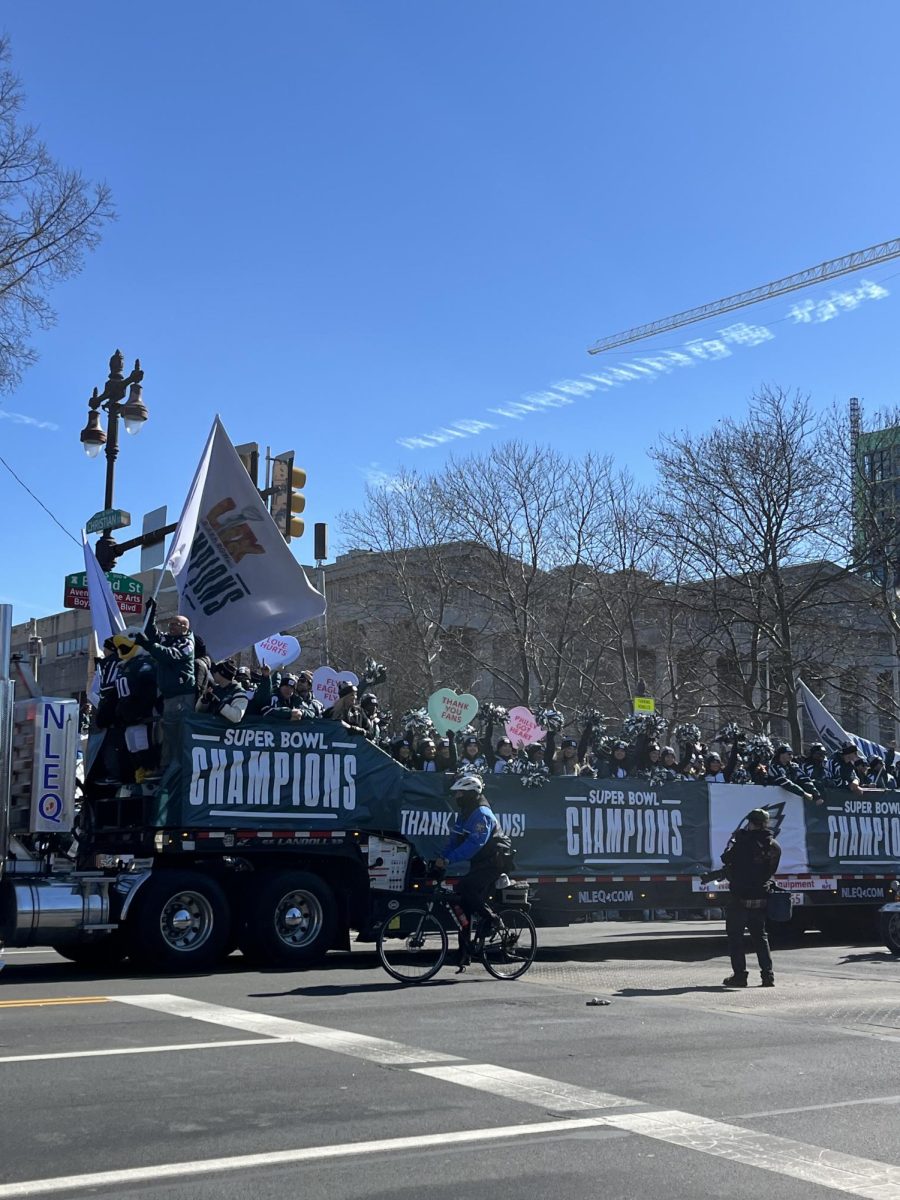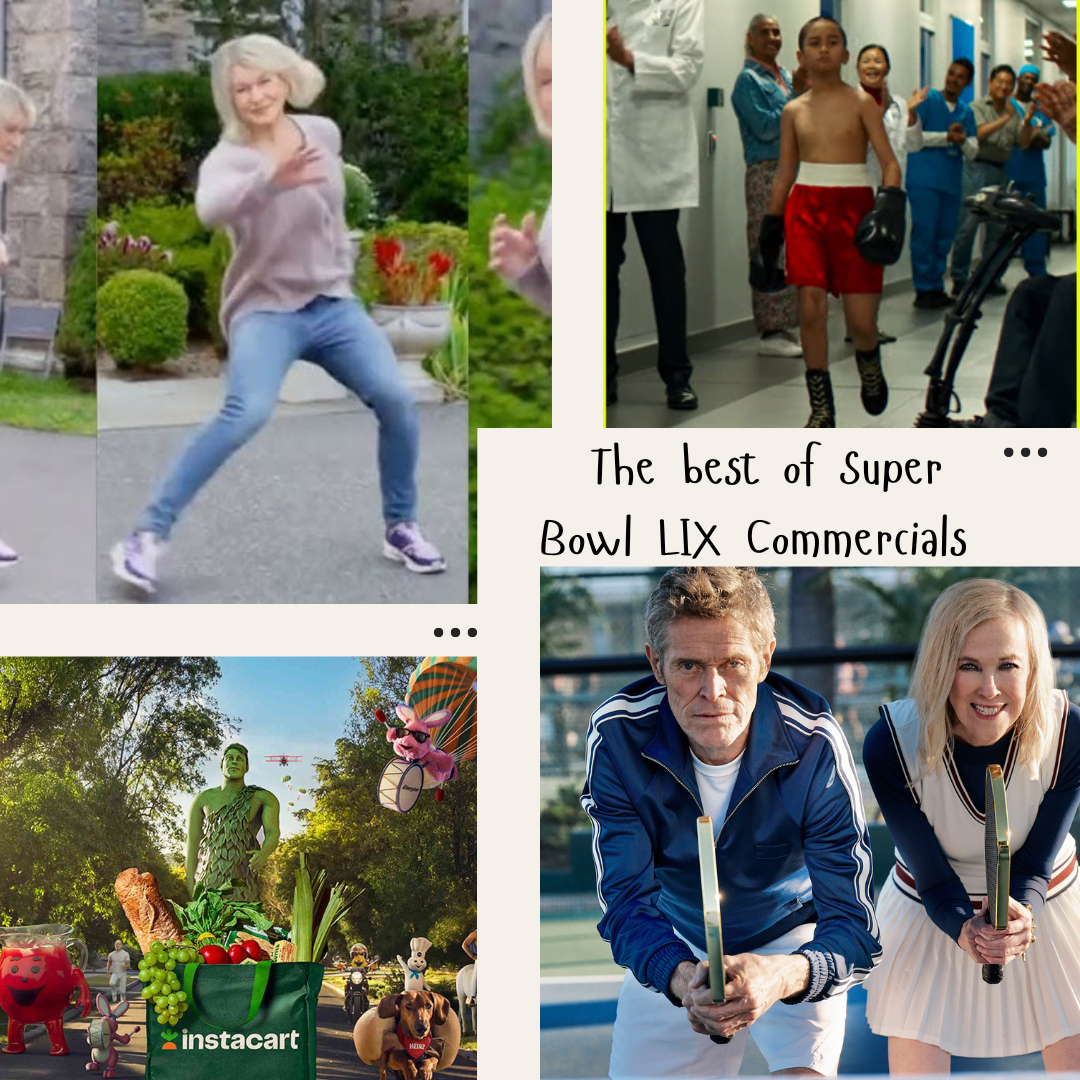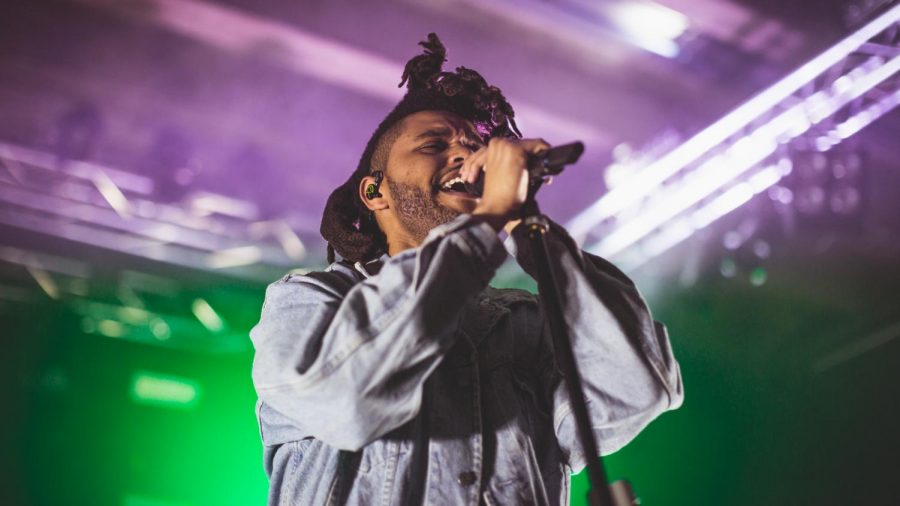The Super Bowl is one of the biggest sports spectacles of the year, but this year’s half time show really changed the game, setting a new standard for future performances. Fans were skeptical about whether Lamar would rise to the occasion, but the hidden meaning behind his performance will be remembered for years to come.
The halftime show opened with actor Samuel L. Jackson dressed up as the iconic figure, Uncle Sam, a critique of the American political establishment. Beyond just representing Uncle Sam, Jackson embodied the stereotype of a complicit black man. Jackson’s commentary on social insights and stereotypes was striking featuring lines such as, “That’s what America wants! Nice and Calm!” and “Scorekeeper,” alongside descriptions of the performance as “loud,” “reckless” and “ghetto.”
Jackson stood surrounded by Black performers forming an American flag, symbolizing that Uncle Sam’s existence is rooted in a nation built on the backs of black men and women. Lamar’s performance emphasized how spots and entertainment can distract from the ongoing suffering of people of color, despite many athletes and fans being of color themselves.
Lamar set the tone for the performances central theme of patriotism and potential rebellion by stating that “the revolution was about to be televised” and that they “you picked the right time but the wrong guy.” His words underscored the tension between national pride and demand for systematic change.
The Super Bowl’s location in New Orleans carries even greater significance to his message given the recent attacks there where an ISIS flag was discovered in a vehicle that was driven into a crowd of people. Lamar addressed the urgency of social and diplomatic reform, making his performance a call for awareness and action.
The appearance from pop artist SZA further contributed to a strong musical lineup, while tennis legend Serena Williams made a surprise cameo with a cultural dance move, adding to the performance’s layered symbolism.
Patriotic dancers, dressed in red, white and blue, again formed the American flag and illustrated a powerful sense of unity through their synchronized movements. The set’s shapes and language resembled a video game structure, adding more hidden levels to the performance that could go over viewers’ heads.
During the performances climax, dancers surrounded Lamar and placed him at the center of the stage, symbolizing a movement of isolation. Sprawling into mosh pits, moving like protestors at a rally and marching like soldiers, the dancers conveyed a chaotic energy that represented the disorder of America’s political state.
Lamar made a bold statement by performing “Not Like Us” on national stage, subtly hinting at the track throughout his set. The track’s controversial lyrics, directed at rapper Drake, whom he views as complicit in systemic issues with adopting the aesthetics of American hip-hop and Black culture without fully embracing their deeper struggles. Including “Not Like Us” in such a symbolic performance underscored Lamar’s message about authenticity and accountability in the entertainment industry.
While some viewers found Lamar’s halftime show less entertaining compared to previous years, the performances intentional pace and layered symbolism revealed through a thoughtful, powerful demonstration aimed at sparking change in America.
Critics may argue that Lamar was too political, however this performance deserves recognition as more than just a show, but as a call to reflect on our nation’s values and history.
This story was written by Katie Mancini. She can be reached at katherine.mancini@marquette.edu

